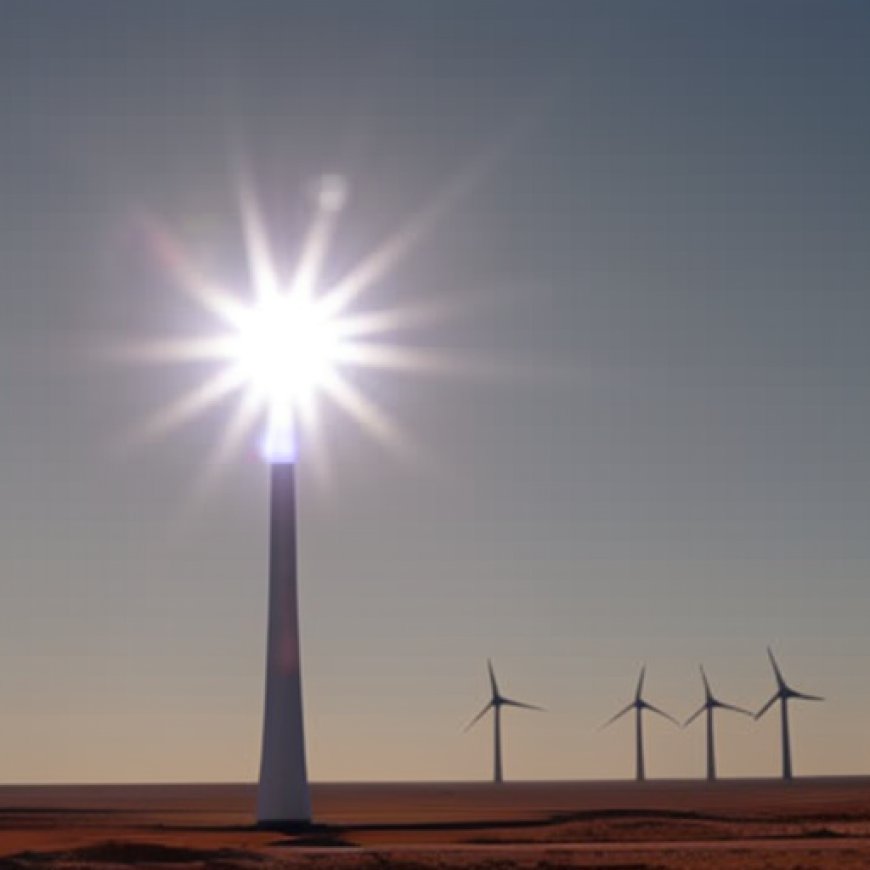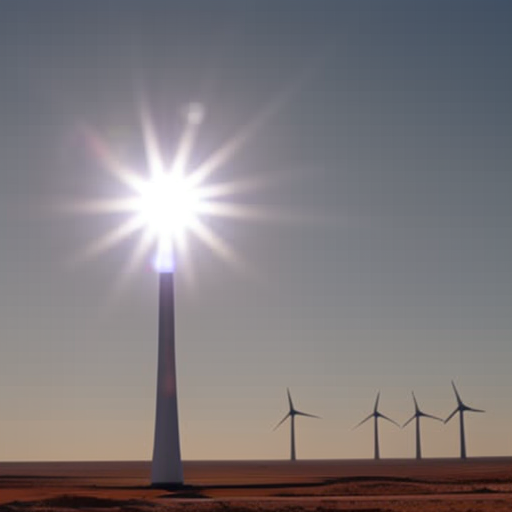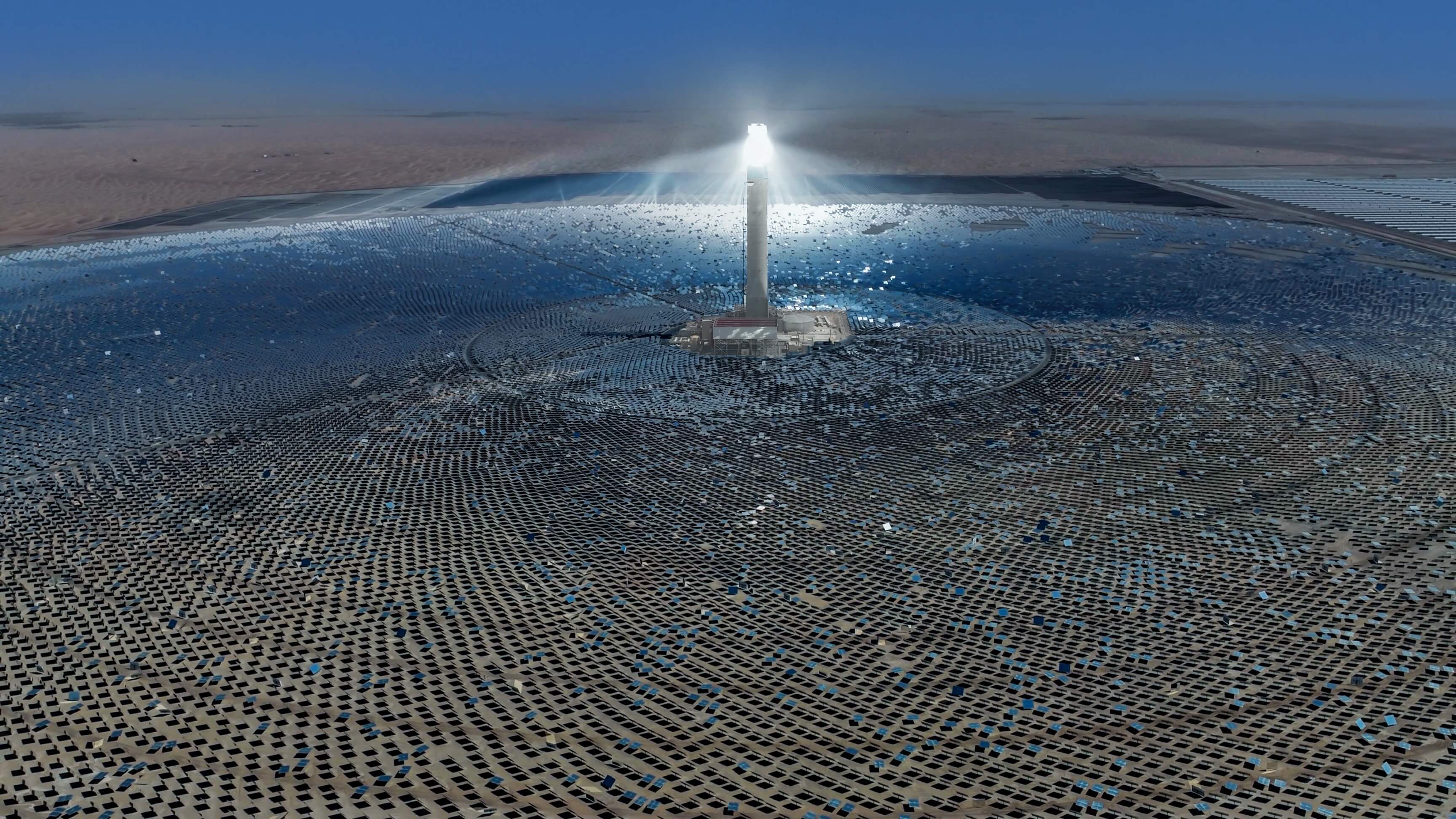Could Concentrated Solar Power Be an Energy Storage Gamechanger?
Could Concentrated Solar Power Be an Energy Storage Gamechanger? Hart Energy


Concentrated Solar Power (CSP): A Complementary Solution for Sustainable Development
Concentrated solar power (CSP) faces tough odds. It may never win against the lower cost and abundance of natural gas for power generation or the economics of solar photovoltaic (PV).
It doesn’t need to, Vast Energy CEO Craig Wood says.
The Complementary Role of CSP
CSP, which uses mirrors to capture and concentrate the sun’s heat to drive turbines or engines to generate electricity, has other crucial supporting roles to play on electric grids and elsewhere.
“It’s not really competing with PV. It’s complementary,” Wood told Hart Energy while in Houston for CERAWeek by S&P Global. “We’re doing storage at long durations for nighttime power and heat.”
Just about everyone initially thought CSP was a power generation technology, and it sort of was, he said, until the Chinese invested about $70 billion in its solar PV supply chain to significantly lower solar production costs. Now, it is taking on a new role in thermal energy storage.
The company was created by a merger in December 2023 of Australia-based Vast Renewables with Nabors’ special purpose acquisition company Nabors Energy Transition Corp. It is now looking to scale its CSP technology and move into sunny regions needing longer-duration storage options.
Related Articles

The Role of CSP in the Transition to Renewable Energy
The growth plans come as the U.S. and other parts of the world add more intermittent renewables to electric grids. The surge of renewables powering grids has created a need for improved reliability to better balance electric consumption and production.
Fossil fuels—specifically natural gas, coal, and nuclear—have been the usual go-to for meeting peak demands. However, efforts to reduce greenhouse gas emissions have led to a push for more grid-scale batteries, which store excess electricity to release when needed. Problem is, the lithium-ion batteries typically store only a couple of hours of energy. CSP can complement PV, Wood said.
“PV gives you about eight hours on average energy during the daytime,” Wood said. “You can build [CSP] right next to the PV. The system stores the energy that arrives from the sun during the day, and then we can produce 12 to 20 hours of electricity by the night.”
Promising Pairing of CSP and PV
With global solar PV installations jumping to 358 gigawatts (GW) in 2023, up from 230 GW in 2022 by Wood Mackenzie’s estimates, the pairing of CSP and PV could prove promising. However, the energy sector has not seen much co-development, at least in the U.S., of CSP for energy storage paired with solar PV installations.
Wood pointed out that there is only about 7 GW of CSP globally.
“It’s not huge. But it is in all sunny markets around the world, apart from Australia. Interestingly, which is a bit of a quirk of our politics,” he said. “But to give you a sense, the most recent non-Chinese CSP plant that’s been commissioned is actually four plants co-located.”
The 950-megawatt (MW) fourth phase of the Mohammed bin Rashid Al Maktoum Solar Park was inaugurated in Dubai in 2023. The $4.3 billion phase, part of a $13.6 billion project, was developed by the Dubai Electricity and Water Authority and Saudi Arabia’s ACWA as Noor Energy 1. The fourth phase used three hybrid technologies: 600 MW from a parabolic basin complex (three units of 200MW each), 100 MW from the world’s tallest solar power tower at 262.44 m (based on molten salt technology) and 250 MW from photovoltaic solar panels, according to the solar park’s website.

At 15 hours, the project’s fourth phase is expected to have the world’s largest thermal storage capacity, provide energy to about 320,000 residences, and lower annual carbon emissions by about 1.6 MMmt.
A 900-MW fifth phase became fully operational in June 2023, and a sixth phase for 1.8 GW is in the works.
In some regions, “it’s quite common to see that PV, CSP hybrid. And as we move towards greater levels of decarbonization, particularly on the power grid, that’s where we expect to see CSP to be deployed in much, much greater volumes,” Wood said.
SDGs, Targets, and Indicators
-
SDGs Addressed or Connected to the Issues
- SDG 7: Affordable and Clean Energy
- SDG 9: Industry, Innovation, and Infrastructure
- SDG 13: Climate Action
-
Specific Targets Based on the Article’s Content
- SDG 7.2: Increase substantially the share of renewable energy in the global energy mix
- SDG 9.4: Upgrade infrastructure and retrofit industries to make them sustainable
- SDG 13.2: Integrate climate change measures into national policies, strategies, and planning
-
Indicators Mentioned or Implied in the Article
- Installed capacity of concentrated solar power (CSP)
- Global solar photovoltaic (PV) installations
- Thermal storage capacity of CSP systems
- Reduction in annual carbon emissions
- Number of CSP plants commissioned
Table: SDGs, Targets, and Indicators
| SDGs | Targets | Indicators |
|---|---|---|
| SDG 7: Affordable and Clean Energy | Increase substantially the share of renewable energy in the global energy mix | Installed capacity of concentrated solar power (CSP) |
| SDG 9: Industry, Innovation, and Infrastructure | Upgrade infrastructure and retrofit industries to make them sustainable | Number of CSP plants commissioned |
| SDG 13: Climate Action | Integrate climate change measures into national policies, strategies, and planning | Thermal storage capacity of CSP systems, Reduction in annual carbon emissions |
The article highlights the role of concentrated solar power (CSP) in addressing the challenges of renewable energy integration, grid reliability, and decarbonization. These issues are connected to several Sustainable Development Goals (SDGs).
SDG 7 focuses on affordable and clean energy, and the article discusses how CSP can increase the share of renewable energy in the global energy mix. The indicator for this target is the installed capacity of CSP, which reflects the progress in adopting this technology.
SDG 9 emphasizes the need for sustainable industry, innovation, and infrastructure. The article mentions the upgrade of infrastructure and retrofitting industries to make them sustainable. The indicator for this target is the number of CSP plants commissioned, which indicates the adoption of CSP technology in various regions.
SDG 13 addresses climate action, and the article highlights the integration of climate change measures into national policies, strategies, and planning. The indicators mentioned in the article include the thermal storage capacity of CSP systems, which reflects the ability to store and release energy as needed, and the reduction in annual carbon emissions, which indicates progress in decarbonization efforts.
Behold! This splendid article springs forth from the wellspring of knowledge, shaped by a wondrous proprietary AI technology that delved into a vast ocean of data, illuminating the path towards the Sustainable Development Goals. Remember that all rights are reserved by SDG Investors LLC, empowering us to champion progress together.
Source: hartenergy.com

Join us, as fellow seekers of change, on a transformative journey at https://sdgtalks.ai/welcome, where you can become a member and actively contribute to shaping a brighter future.







